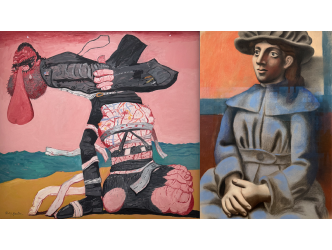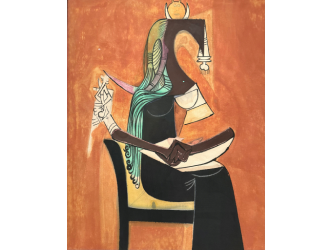Sacred monster of French abstraction
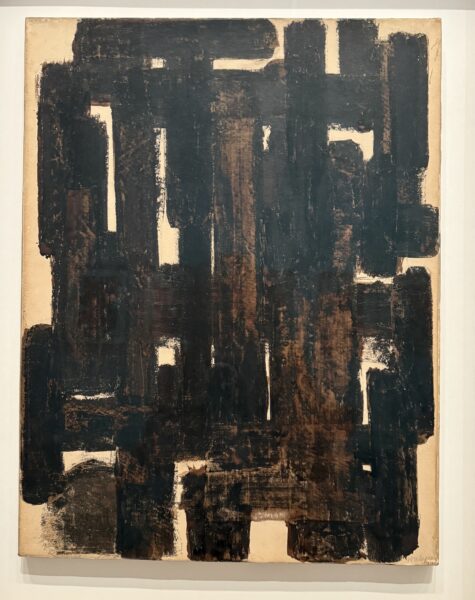
We thought we knew everything about Pierre Soulages—until the Musée du Luxembourg unveiled a remarkable small exhibition devoted to his work on paper. Many unexpected experiments come to light here. What remains to be discovered about Pierre Soulages (1919–2022)? Considered the sacred monster of French abstraction—honored with a national tribute upon his death—he had already received the spotlight in Paris at the Centre Pompidou in 2009 and at the Louvre in 2019, following the 2014 opening in his hometown of Rodez of a museum bearing his name, enriched by a vast donation he himself orchestrated. Just this summer, the Musée Fabre in Montpellier inaugurated a show of one hundred paintings, on view until January 4, 2026.
Outrenoir for ever
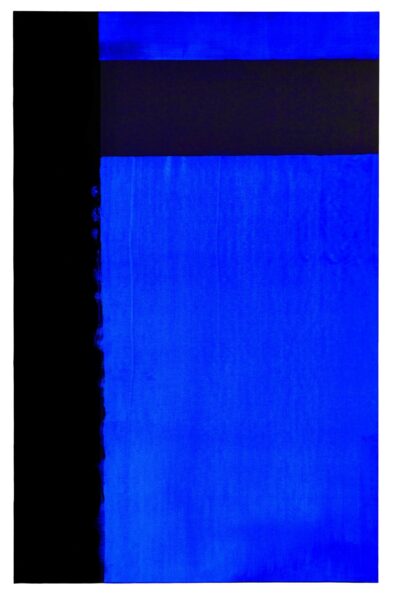
In his lifetime, the artist, who made his home in Sète, most often spoke of two things. Always, he recalled his memories as a poor child, already fascinated by black. Even more often, he evoked the revelation, one morning in 1979, of the concept of outrenoir. This idea of a monochrome painting whose volumes generate light on the surface may well have overshadowed other decisive moments in his career. The proof is on view until January 11, 2026, at the Musée du Luxembourg in Paris, in a striking exhibition devoted to his works on paper. The impact is immense.
Alfred Pacquement
“During his lifetime, this body of work was less in demand, and less discussed as well,” explains Alfred Pacquement, the curator and a leading specialist on the artist. Many of these works on paper remained in the studio and still belong to his lifelong beloved wife, Colette, now 104 years old. In fact, Soulages’s creative path began with work on paper. In 1948, he used walnut stain, applied in broad dark gestures to carve out a path for light across the sheet. “His gestures are highly controlled. He has no interest in expressing movement for its own sake,” notes Alfred Pacquement. His aim is to make white emerge through the darkness. He worked with the papers laid flat to construct his composition. He was often dissatisfied—and destroyed many of them.
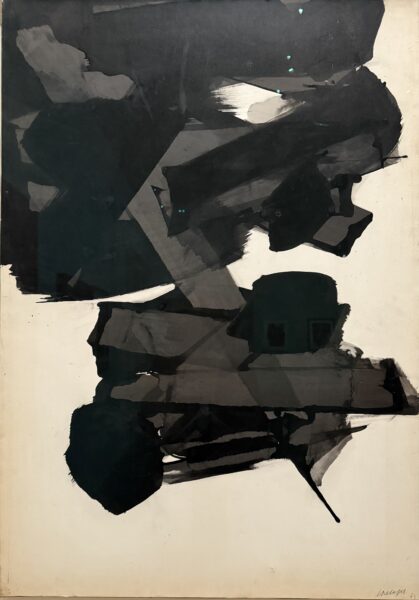
Reminding Motherwell and Kline
The most breathtaking of these works on paper date from the 1960s and 1970s. In pieces like the large format from 1961, he leaves a striking space of emptiness in contrast with a dense dark mass. These compositions call to mind the work of American artists whose studios he visited during his 1957 trip to the United States—Robert Motherwell and Franz Kline. In 1977, he created a magnificent series of four gouaches, composed of sweeping vertical and horizontal lines that resemble coded musical scores. That same year, he painted vast expanses of midnight blue discreetly punctuated with black.
Chalk striations
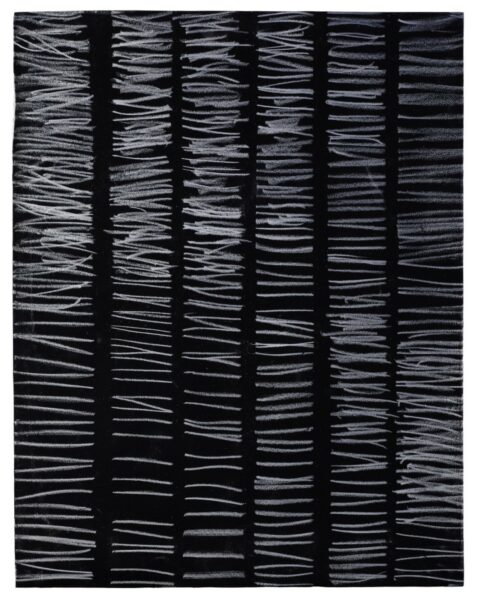
Soulages worked on paper up until 1979, before resuming again in 1999. That year, he marked black grounds with chalk striations that unmistakably recall his celebrated outrenoir canvases. The story continues with further experiments on paper carried out through 2004. He returned, for instance, to walnut stain, and sometimes scraped into the thick surface of his paint.
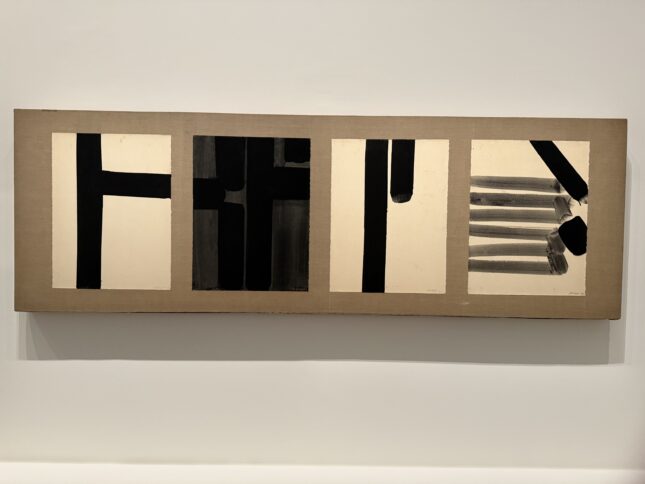
It becomes clear that for Soulages, working on paper was a parallel practice—at once intimate and undeniably essential. A discovery in its own right.
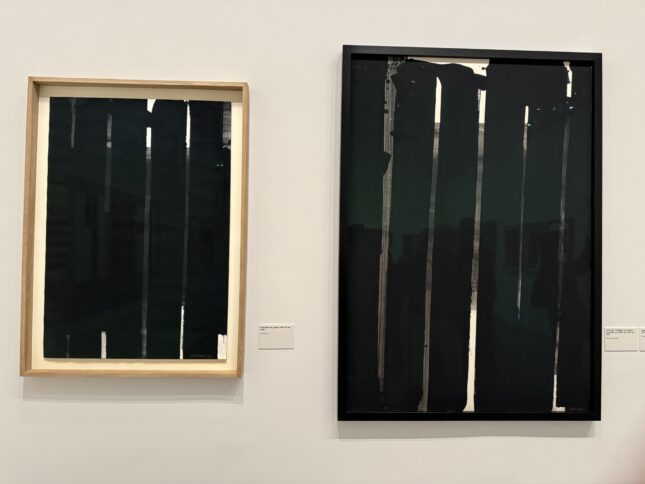 Until 11 January https://museeduluxembourg.fr/en/agenda/evenement/soulages-une-autre-lumiere
Until 11 January https://museeduluxembourg.fr/en/agenda/evenement/soulages-une-autre-lumiere
Support independent art journalist
If you value Judith Benhamou Reports, consider supporting our work. Your contribution keeps JB Reports independent and ad-free.
Choose a monthly or one-time donation — even a small amount makes a difference.
You can cancel a recurring donation at any time.


